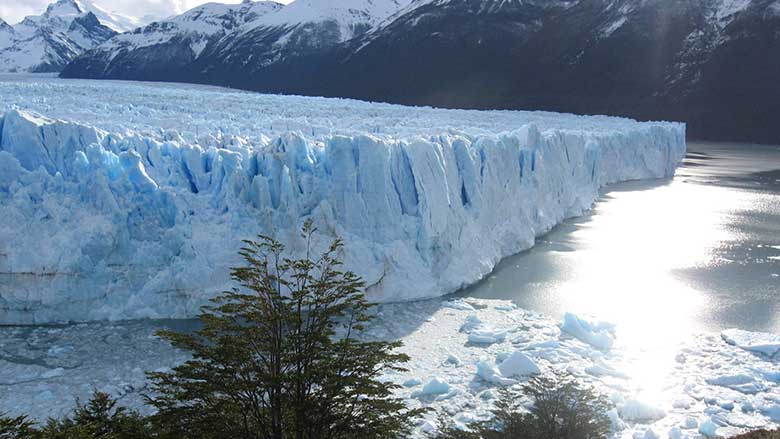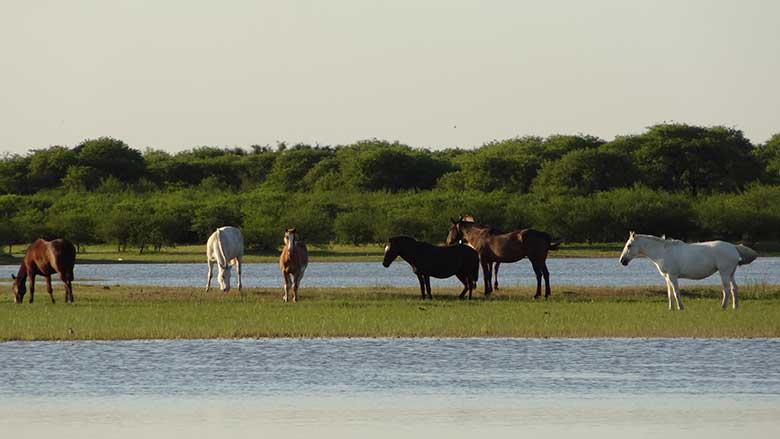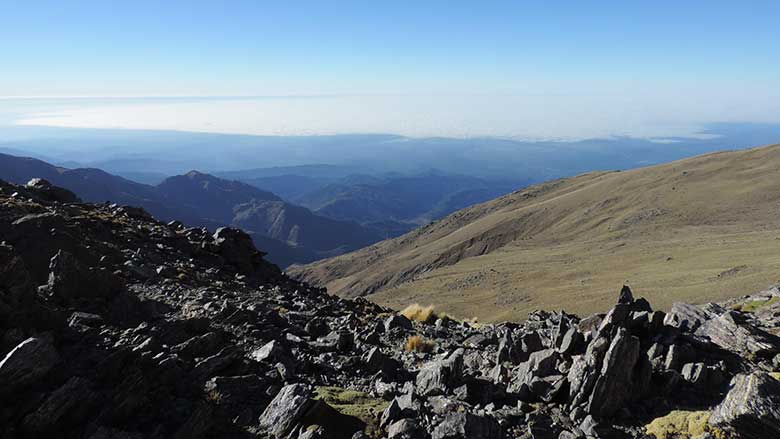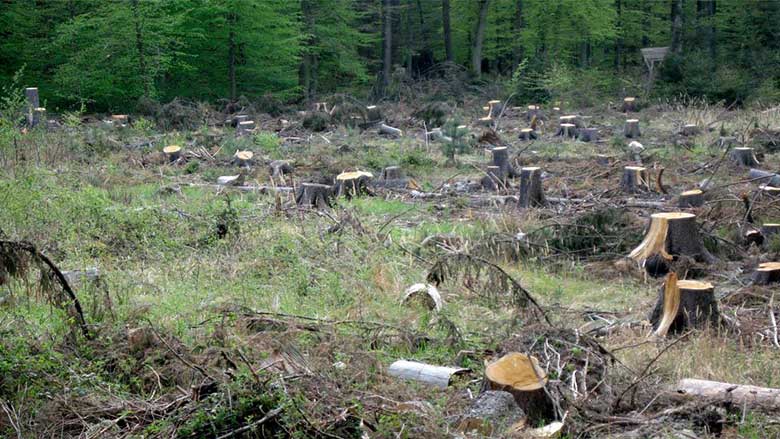Challenge
The conclusions of the Argentine Second National Communication (2008) to the United Nations Framework Convention on Climate Change (UNFCCC) identified core climate vulnerabilities through 2040, including increased water stress; intense precipitation and floods; ongoing glacier retreat; and increased exposure of coastal areas to sea level rise. By 2009, Argentina’s institutional framework for dealing with climate change issues had improved: The Secretariat of Environment and Sustainable Development (Secretaría de Ambiente y Desarrollo Sustentable,
SAyDS) was named technical point agency for the UNFCCC in 2008, and the Climate Change Directorate was created within the secretariat. The SAyDS became the Chief of the Cabinet of Ministers, increasing its role in coordinating intersectoral policies. By December 2009, the SAyDS led the process of creating the Governmental Commission on Climate Change (GCCC), an intersecretarial body charged with discussing and advising on sector issues to ensure climate change considerations are mainstreamed across public institutions.
Approach
The scope of the Third National Communication (TNC) to the United Nations Framework Convention on Climate Change Project went beyond implementing the standard national inventories of greenhouse gas emissions (GHG) and identifying steps completed or envisaged to fulfill Argentina’s commitment to the UNFCCC. To facilitate integration of climate change priorities into public development strategies and sector programs, including, for example, those on agriculture, industry, energy, and tourism, the project emphasized institutional arrangements. The GCCC served as the project’s Steering Committee (SC), and technical specialists from 26 public institutions participated. Argentina’s first Technical Advisory Committee (TAC) was created and charged with channeling contributions by scientific and technical institutions, NGOs, trade unions, and the private sector. The 23 provinces and the city of Buenos Aires were invited to nominate technical focal points for the project, and 22 provinces took active part, collaborating with the Federal Council of the Environment. The SC, TAC, provincial focal points, and the World Bank reviewed the studies’ terms of reference and reports to provide political and technical guidance.




